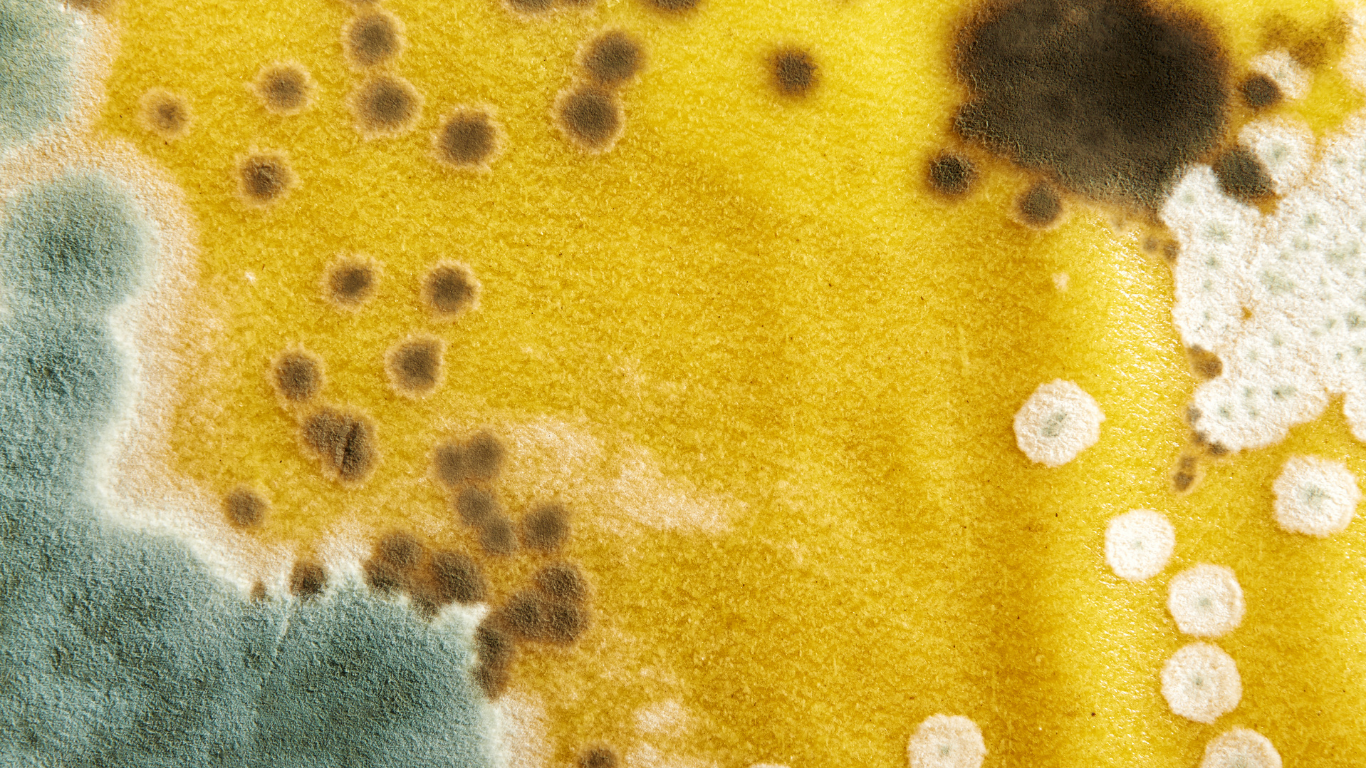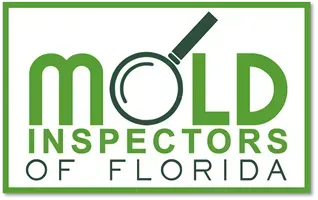8 Common Types of Mold Found in Homes

Do you notice a musty smell around your home? Had recent water damage? More than likely, mold spores are already working on spreading. There are over a hundred thousand types of mold, but luckily not all will make themselves at home inside your house. However, they all still pose a threat to your health and home. Mold spores make their way inside through doors and windows, in water, and even on your clothing or pets. Once they begin to grow, they can take on different appearances that may change as time goes on, making them hard to identify.
At Mold Inspectors of Florida, we use top-of-the-line moisture meters and mold detection technology to determine the specific type of mold afflicting your home, finding mold in areas that aren’t visible to the naked eye. While there are over 100,000 types of mold, not all are capable of growing in your house. However, there are some that we come across more frequently than others.
Alternaria
This is one of the common mold types found in bathrooms, laundry rooms, and other high-humidity areas of the home. It’s responsible for allergic reactions and can trigger asthma symptoms for those with pre-existing conditions.
Aspergillus
If you’re experiencing extreme symptoms, aspergillus may be the culprit. It can be toxic, leading to severe reactions and complications.
Aureobasidium
With many different forms and colors, aureobasidium is most commonly found behind wallpaper or under the carpet. However, it can be impossible to identify without high-tech equipment due to its many forms.
Chaetonium
Chaetonium is most commonly found after water damage. It takes only 48-72 hours to become a problem, increasing the urgency after flooding or a burst pipe.
Cladosporium
This mold type, like most others, causes allergy and hay fever-like reactions for those with or without existing allergies. It thrives on fabric and textiles around your home.
Serpula
Serpula is one mold type that thrives more indoors than out, often exclusively feeding on the wood structure of your home. It’s especially damaging because, unlike most other molds, it doesn’t need a damp environment.
Stachybotrys Atra
Commonly known as black mold, this specific type is common and dangerous. Since it’s considered to be toxic, it should be dealt with immediately in every case.
Ulocladium
Although often black in color, ulocladium isn’t as toxic as “black mold.” You often find this mold in your washing machine after you neglect to move your clothing to the dryer.
Dangers of Different Types of Mold
The most important thing to remember when dealing with mold is that every type can be dangerous. Whether you can instantly identify it or not, you should never try to handle it by yourself because of the many health and home hazards associated with it. Different types can carry different hazards, and there’s no safe mold.
Health Concerns
Mold spores cause a variety of health issues for those with and without existing conditions. Breathing in those spores can cause everything from allergy-like reactions to respiratory complications. These effects are worse for those with asthma, breathing issues, or other types of health issues. Though many types of mold aren’t toxic, some can be. The most concerning part is that you might not be able to differentiate between the two yourself, so you should always leave mold problems to an expert.
Structural Damage
Aside from your health, mold can wreak havoc on your home’s structure. Since it mainly feeds on organic materials, your home is full of food sources for mold, like wood, fabrics, and drywall. That means that mold can grow behind walls, in the ceiling, under the carpet, and in other areas that aren’t always immediately apparent. As a result, mold damage can quickly degrade the structural integrity of your home, creating massive repairs and remediation efforts.
Where Does Mold Grow?
Here in Florida, our high humidity levels mean that our homes are especially susceptible to mold damage. In other areas of the country, only damp areas like bathrooms or near appliances carry a high risk for mold. However, we need to worry about mold in nearly all areas, whether they’re directly exposed to water or not. Mold can grow nearly anywhere with moisture and a food source, leaving your entire home open to potential mold damage. The best thing you can do to prevent mold is to keep your humidity levels low and immediately address any potential threats.
What to Do if You Find Mold
If you do suspect mold, the first thing you should do is call in a mold removal professional. Part of that includes mold testing to determine the specific types of mold you’re dealing with. Mold can often include more than one type in the same areas, and knowing the exact types can help create the right removal and remediation plan. Immediate action is your best chance for successful removal without costly repairs or remodeling, especially if you’ve had recent water damage.
Need mold help in Florida? Mold Inspectors of Florida are licensed and insured to take care of your mold problem with fast, verifiable results. Contact us today for your inspection, and follow us on Instagram and Facebook for more mold facts.


